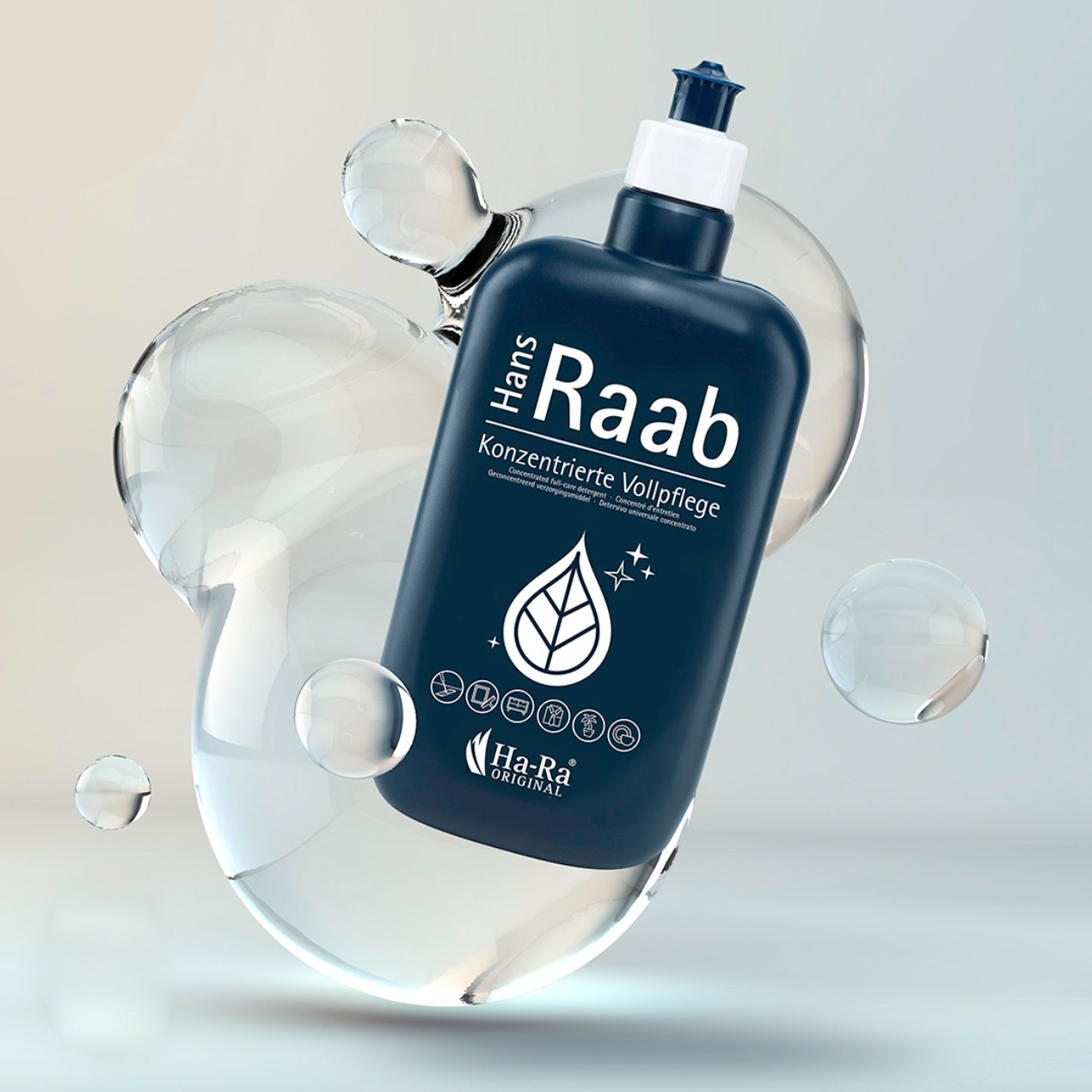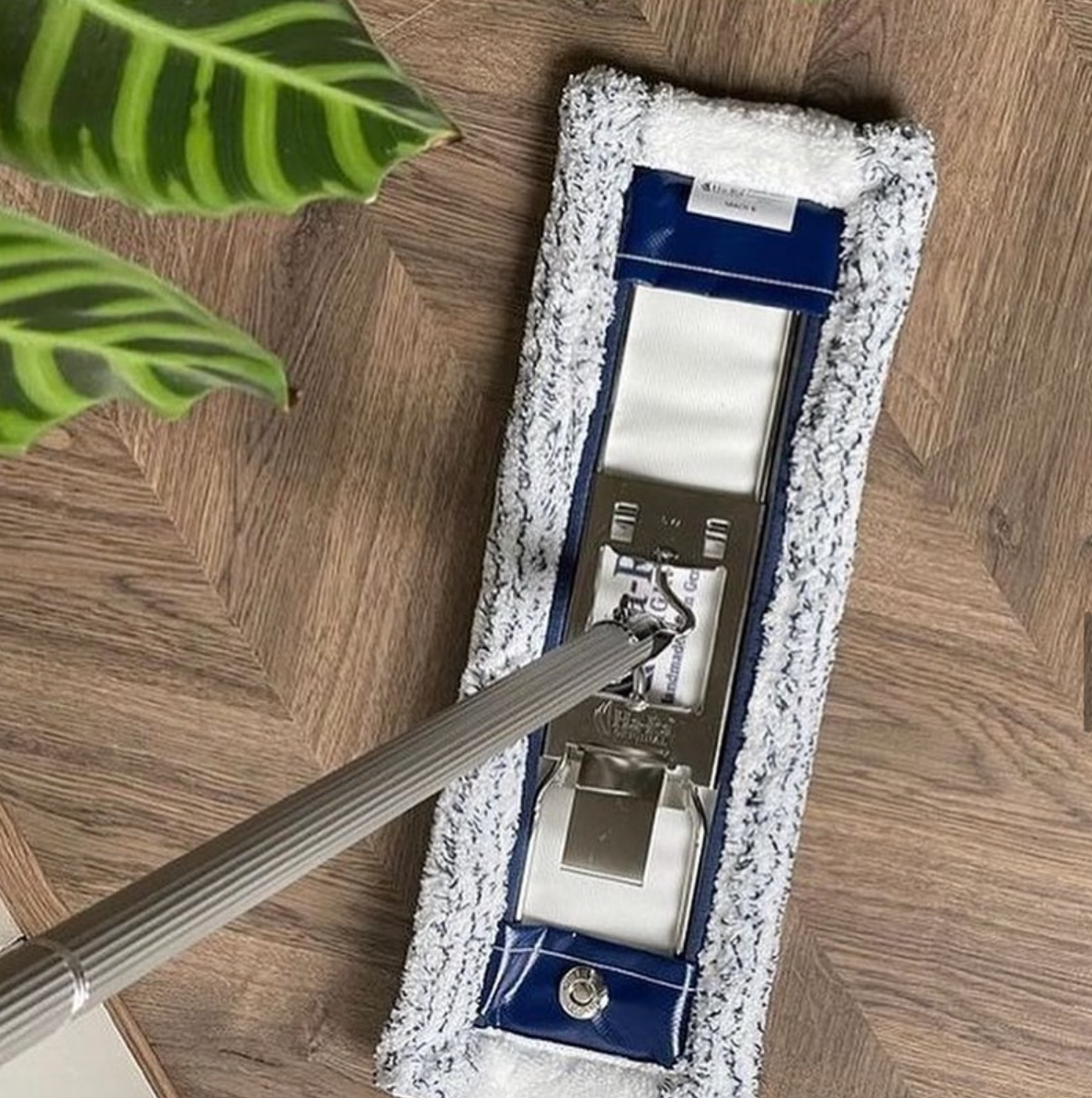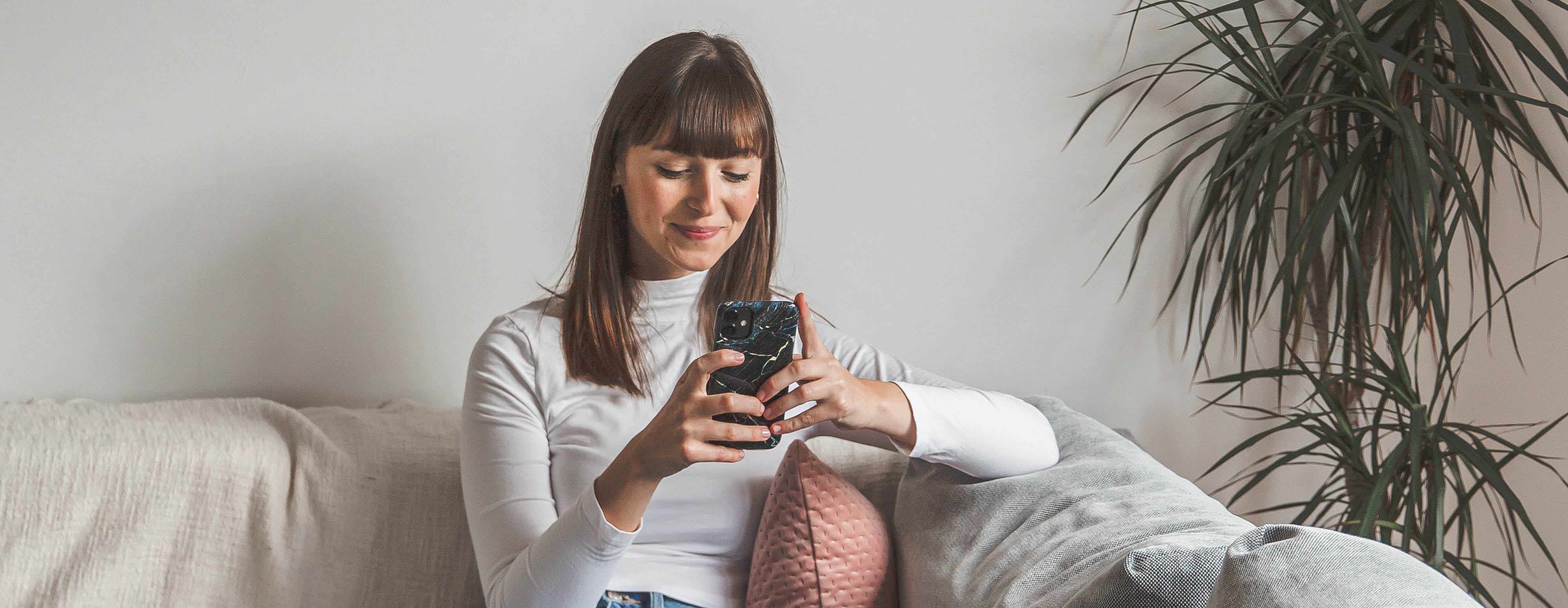Kitchen and bathroom plastic reduction strategies
The topic of "plastic pollution" is on everyone's lips and not everyone may know how to tackle this topic. We can reassure you, it's not that difficult and everyone can contribute a small part. If many of us make a small contribution, it is better than if very few do it perfectly.
Today we want to give you a few tips on how to avoid plastic in the bathroom and kitchen. This is not about finding the most sustainable alternative.
Types of plastic in the home
Plastic in the household can be roughly divided into microplastics, plastic packaging and plastic objects. Microplastics, on the other hand, are roughly divided into three types: microplastics that are already produced as such, microplastics that result from abrasion, and microplastics that result from the decomposition of macroplastics.
Plastic in the bathroom
Microplastics, which are already produced as such, are found primarily in care products and cosmetics, e.g. as fine beads in peelings or shower gels, but also in many other products.
And that brings us to the first point where plastic can be avoided. When shopping, make sure that the products you buy do not contain microplastics. Now microplastics are not always immediately recognizable in the list of ingredients. In addition, you can find lists online with names behind which microplastics can hide. Or you can download an app to your mobile phone that can determine the microplastic content directly in the store using a barcode scan. Many manufacturers now also label their products as “without microplastics” or “free of microplastics”.
Microplastics are often created in the washing machine as a result of abrasion. Synthetic fibers end up in the wastewater during washing. Check your towels and washcloths in the bathroom to see what material they are made of, and when buying a new one, make sure that you only buy bathroom textiles made of natural materials.
If you still have a lot of textiles made of synthetic fibers, you can consider buying a special laundry bag that prevents the microplastics from getting into the wastewater.
In comparison to microplastics, the saving on plastic packaging is directly visible. You use less yellow bags or the yellow bin is suddenly much emptier.
Plastic in the kitchen
You can achieve the greatest results when shopping for groceries, because experience shows that this is where most packaging is used - if only because packaged food is often used up very quickly. In more and more areas there are bulk stores where you can shop completely plastic-free. You simply fill your purchases in containers. Another advantage of shopping in bulk stores is that you can buy exactly the quantities you need. This way, you prevent food from being thrown away at the same time.
Even those who don't have an unpackaged store nearby can save more and more plastic when shopping, because conventional retail is changing more and more. The proportion of unpackaged fruit and vegetables, for example, continues to rise. You can put this loosely in your shopping basket or you can buy some reusable fruit and vegetable bags.
More and more dairy products are available with plastic-free packaging. You can also find refill stations, where you can fill reusable containers with nuts or grains. Before the pandemic, many fresh produce counters offered to bring your own containers for sausage and cheese. This has been discontinued for the time being for hygienic reasons, but it is also worth keeping an eye on.
In the kitchen you can save plastic packaging quickly and easily. This is a little different in the bathroom. Nevertheless, it is worthwhile to consciously pay attention to the packaging when you need to replace a product.
Plastic objects
A third area that we want to look at is the plastic objects. Have you ever looked at everything you can find made of plastic in your kitchen? Dishes, spatulas, strainer bowls, salad servers, cutting boards, wooden spoons, storage boxes, mixing bowls ... This list can go on forever.
For almost all objects there are alternatives made of other materials such as porcelain, wood, stainless steel or glass. Now it is of course up to you whether you want to distance yourself from all plastic objects or whether you want to use them while they are still usable. If you want to split up straight away, see if you can still sell or give away one or the other, so you don't produce any unnecessary plastic waste and you can make someone else happy. Alternatively, you can, for example, repurpose plastic cans that you no longer want to use for food and use them for storage or for your organic waste, for example. When purchasing new items, you can then look around for plastic-free utensils.
In the bathroom, there are also products available to avoid plastic. Soap dispensers made of porcelain, soap dishes made of porcelain, wood or glass, shower squeegees made of stainless steel, rubbish bins made of stainless steel, laundry baskets made of fabric ... The selection is large and plastic can be easily exchanged.
You can also replace many articles of daily use with plastic-free or at least reusable versions. Tongue cleaners, for example, are made of stainless steel or copper. Instead of cotton pads, you can use washable, reusable pads. There is now a large selection of different materials. Toothbrushes can be made of wood or bamboo. On most models, the bristles are still made of plastic, but you can simply break off the part and dispose of it in the general waste.
This was just a small selection of the ways in which you can save plastic in the bathroom and kitchen. It is definitely worth doing some research when purchasing a new product, because the range is growing steadily.
Translated from Tanja Goeller Ha-Ra Germany







